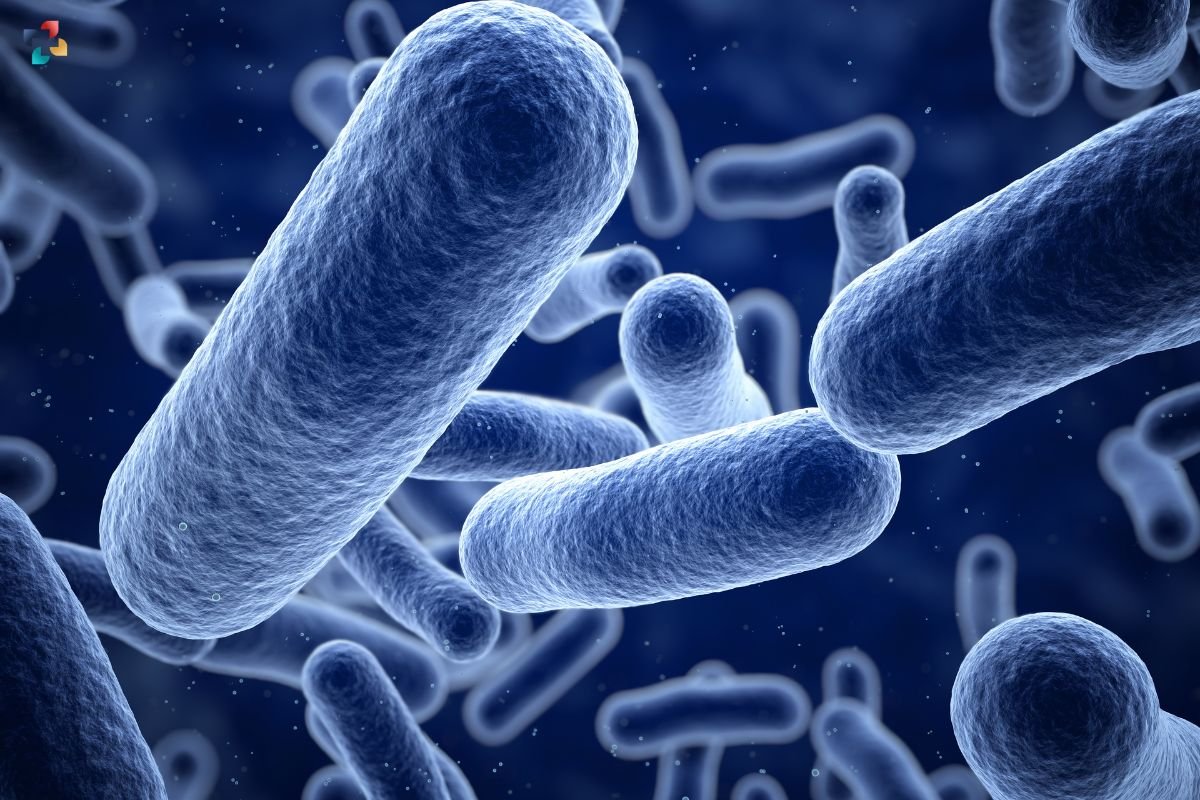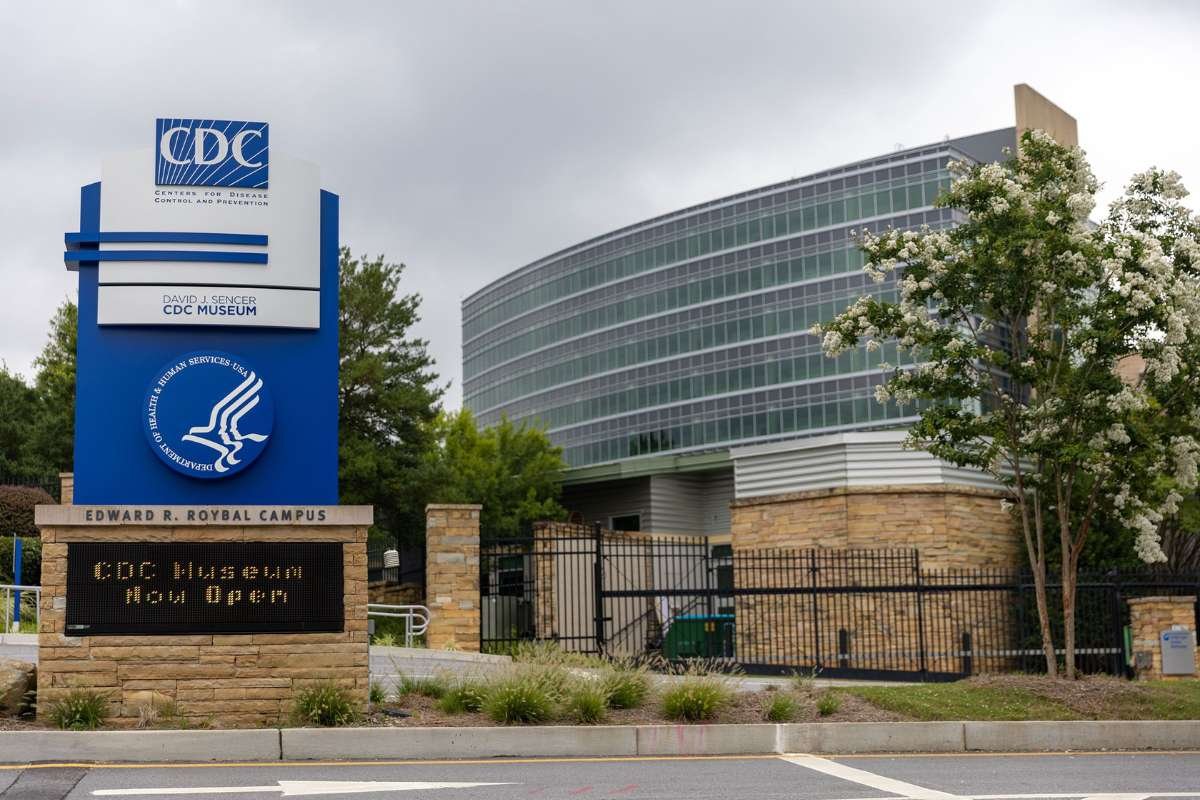Researchers at Northwestern University have managed to induce a lethal bacteria to obliterate itself from the inside out.
Researchers altered the DNA of a bacteriophage, also known as a “phage,” which is a kind of virus that multiplies and infects bacteria, for use in the new study. The DNA was then inserted into Pseudomonas aeruginosa (P. aeruginosa), a bacteria that is extremely resistant to drugs and lethal. Once within the bacterium, the DNA evaded the pathogen’s defences and formed virions, which sliced through the cell wall of the bacterium to cause its death.
Based on the increasing interest in “phage therapies,” this experimental effort is a significant advancement towards the development of designer viruses as novel therapeutics to eradicate lethal bacteria resistant to antibiotics. It also provides important insights into the functioning of phages, an understudied aspect of biology.
The research will appear in the journal Microbiology Spectrum on Wednesday, January 24.
The study’s principal investigator, Erica Hartmann of Northwestern, said that antimicrobial resistance is commonly referred to as the “silent pandemic.” “Infection rates and infection-related mortality are rising globally. It’s a serious issue. An unexplored alternative to our reliance on antimicrobials is phage therapy. Phages, however, constitute the “final frontier” of microbiology in many respects. About them, we don’t know much. We stand a better chance of developing more potent treatments the more we understand about the functioning of phages. The innovative aspect of our approach is that, while we build phages, we are simultaneously learning about their biology.”
Hartmann is an indoor microbiologist and a member of the Centre for Synthetic Biology in addition to being an associate professor of civil and environmental engineering at Northwestern’s McCormick School of Engineering.
The urgent demand for substitutes for antibiotics
Antibacterial resistance is a serious and expanding concern to the world’s population and is linked to an increase in the usage of antibiotics. The Centres for Disease Control and Prevention (CDC) estimate that over 35,000 people die from antimicrobial-resistant illnesses, which account for over 3 million infections annually in the US alone.
Researchers are searching for alternatives to antibiotics, which are becoming less and less effective, in response to the mounting dilemma. Researchers have begun to investigate phage therapeutics in the last few years. Scientists know very little about phages, despite the fact that billions of them exist.
“For every bacterium that exists, there are dozens of phages. So, there is an astronomically large number of phages on Earth, but we only understand a handful of them. We haven’t necessarily had the motivation to really study them. Now, the motivation is there, and we are increasing the number of tools we have to dedicate to their study.”
Erica Hartmann, Northwestern University
Medication without adverse effects
Researchers identify or alter an existing virus to specifically target a lethal bacteria infection without interfering with the body’s normal functions in order to investigate potential phage therapeutics. One day, researchers might be able to customise a phage therapy to target a particular bacteria and create “a la carte” medicines with precise features to address specific infections.
“What’s powerful about phage is it can be very specific in the way that antibiotics are not,” Hartmann stated. For example, taking an antibiotic for a sinus infection throws off your entire digestive system. It is possible to tailor phage therapy to target just the pathogen.”
Although phage therapies have been researched by other researchers, practically all of the studies have concentrated on infecting Escherichia coli with phages. But Hartmann chose to concentrate on P. aeruginosa, which is among the top five dangerous diseases for humans. P. aeruginosa is a common cause of hospital infections and poses a particular risk to individuals with weakened immune systems. It frequently infects patients who have burn or surgical wounds, as well as those who have cystic fibrosis.
“It is one of the highest priority, multi-drug resistant pathogens that many people are really concerned about,” Hartmann stated. “It is extremely drug resistant, so there is an urgent need to develop alternative therapeutics for it.”
Mimicking an illness and getting past defences
Hartmann and her colleagues began the investigation with P. aeruginosa bacteria and separated DNA from many phages. Subsequently, the scientists employed electroporation, a method that produces brief, intense electrical bursts, to create transient apertures in the bacterial outer membrane. Phage DNA entered the lethal bacteria through these perforations, simulating the infection process.
In several instances, the bacterium shred the DNA to protect itself after realising it was a foreign substance. Nevertheless, Hartmann’s team was able to eliminate the bacteria’s antiviral self-defence systems after optimising the procedure with synthetic biology. In these instances, the information carried by the DNA was successful in entering the cell and producing virions that killed the bacterium.
“Where we were successful, you can see dark spots on the lethal bacteria,” Hartmann stated. “This is where the viruses burst out of the cells and killed all the bacteria.”
Following this triumph, Hartmann’s group incorporated DNA from two other phages that are inherently incapable of infecting their P. aeruginosa strain. The method worked once more.
Production of phages in a cell
The bacterium not only released billions of phages after being killed by the phage. Then, additional bacteria, such as those causing an infection, can be eliminated utilising these phages.
Hartmann intends to carry out more phage DNA modification in order to maximise prospective treatments. Her team is currently investigating the phages that P. aeruginosa has released.
“This is an important piece in making phage therapies,” she stated. “We can study our phage in order to decide which ones to develop and eventually mass produce them as a therapeutic.”
The Walder Foundation, the National Science Foundation, and the National Institutes of Health provided funding for the study, “A synthetic biology approach to assemble and reboot clinically relevant Pseudomonas aeruginosa tailed phages.”








